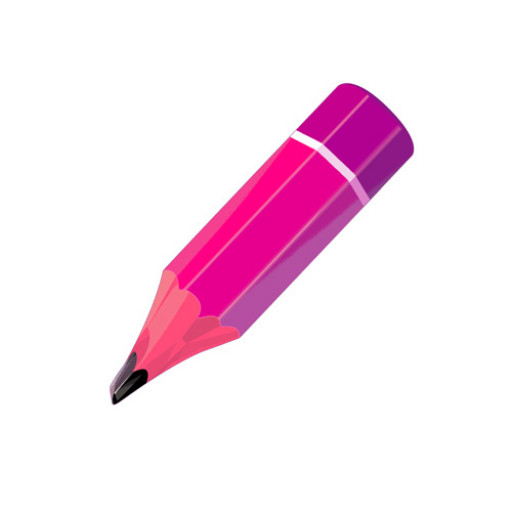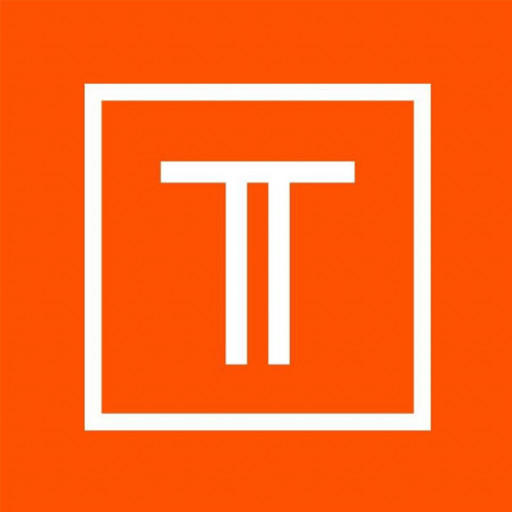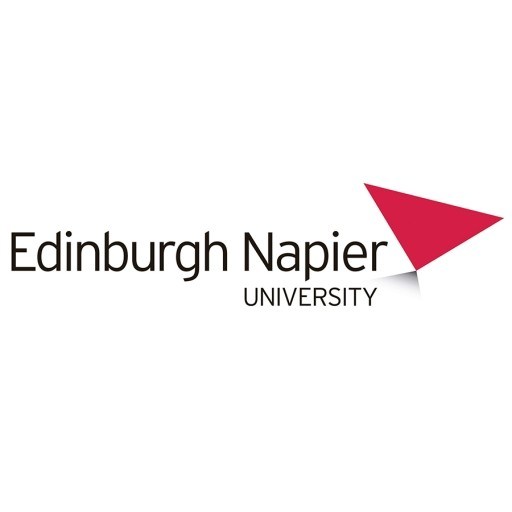Photos of university / #qutrealworld
The Bachelor of Design with a specialization in Interaction Design at Queensland University of Technology offers students a comprehensive education in creating engaging, innovative, and user-centered digital experiences. This program is designed to equip graduates with the skills to design, develop, and evaluate interactive products and systems across a variety of platforms, including websites, mobile applications, software interfaces, and emerging technologies. Throughout the course, students explore the principles of user experience (UX) and user interface (UI) design, focusing on understanding user needs, behaviors, and motivations to craft intuitive and accessible digital solutions. The curriculum combines theoretical knowledge with practical hands-on projects, enabling students to apply design thinking methodologies and gain proficiency in industry-standard tools and techniques.
Students in this program engage with core topics such as human-computer interaction, visual communication, information architecture, prototyping, usability testing, and accessibility standards. They learn to work collaboratively in multidisciplinary teams, mirroring real-world design environments, and develop strong problem-solving skills to address complex challenges in digital design. The program also emphasizes the importance of ethical considerations and inclusive design practices, preparing graduates to create responsible and sustainable digital experiences that cater to diverse user groups.
The interaction design specialization encourages innovation, creativity, and critical thinking, fostering students' ability to adapt to rapidly evolving technologies and design trends. Students have opportunities to undertake industry placements, internships, and collaborative projects with local businesses and organizations, providing valuable insights into professional practice and enhancing employability upon graduation. The program prepares students for a range of careers in UX/UI design, digital product design, usability consulting, information architecture, and interactive multimedia. By the end of the degree, graduates are equipped with a solid foundation in design principles, technical skills, and an understanding of user-centered methodologies—ready to contribute to the dynamic field of interaction design and shape the future of digital experiences.
The Bachelor of Design (Interaction Design) at Queensland University of Technology offers students a comprehensive education in the art and science of creating engaging, user-centered digital experiences. This innovative program combines creative design skills with practical technical knowledge to prepare graduates for dynamic careers in the rapidly evolving field of interaction design. Throughout the course, students explore a wide range of topics, including user experience (UX) design, user interface (UI) development, digital prototyping, human-computer interaction, and visual communication. They learn how to analyze user needs, conceive and develop effective digital solutions, and evaluate the usability and effectiveness of their designs through iterative testing and refinement. The program emphasizes a hands-on learning approach, integrating studio-based projects, collaborative teamwork, and real-world case studies to ensure students gain relevant skills and industry insight. Students are introduced to a variety of design tools and software, enabling them to craft wireframes, prototypes, and interactive digital applications. Beyond technical skills, the program fosters critical thinking, problem-solving, and innovative thinking, empowering students to design intuitive, accessible, and impactful digital interactions. The curriculum also includes coursework in areas such as design research, cognitive psychology, visual storytelling, and ethics in technology, ensuring a well-rounded education that prepares graduates for diverse roles in the digital economy. Opportunities for industry engagement, such as internships and collaborations with leading design firms, are integrated into the program to enhance practical experience and professional networks. Graduates of the Bachelor of Design (Interaction Design) are equipped to pursue careers as UX/UI designers, interaction designers, digital product developers, and innovation consultants across various sectors including technology, entertainment, health, and corporate industries. The program aims to cultivate innovative designers who can contribute to shaping the future of digital experiences through creativity, user empathy, and technical expertise.
- Year 12 or equivalent
- Assumed knowledge: English, or Literature, or English and Literature, or English as Another Language (Units 3 & 4, C).
The Bachelor of Design (Interaction Design) program at Queensland University of Technology offers a range of financing options to assist students in funding their studies. International students have the opportunity to access scholarships specifically tailored for design and creative arts students, which can significantly offset tuition fees. These scholarships are awarded based on academic merit, portfolio quality, and other criteria, and often provide partial or full tuition fee waivers. Domestic students may also benefit from government-funded financial aid schemes, including HECS-HELP loans, which allow eligible students to defer payment of their tuition fees until they are earning an income above a certain threshold. Additionally, the university provides postcode-specific scholarships, industry partnership incentives, and bursaries that support students in their academic journey.
Students are encouraged to explore external funding sources such as Australia Awards, private scholarships, philanthropic organizations, and industry grants that recognize excellence in design and innovation. The university's financial services department offers guidance and support to help students understand the application processes, eligibility requirements, and deadlines for these funding options. Payment plans are also available, enabling students to spread their tuition fees over manageable installments throughout the academic year. Furthermore, some students may consider part-time work opportunities on or near campus, which can assist with daily living expenses and reduce financial strain during their studies.
QUT also provides tailored support services to help students manage their finances effectively, including budgeting advice and emergency assistance programs. Prospective students are advised to check the university’s official website regularly for updates on available scholarships, grants, and financial aid programs as they can vary from year to year. Overall, while studying design at QUT can be a significant financial commitment, numerous support mechanisms are available to make higher education accessible and affordable for both domestic and international students.
The Bachelor of Design (Interaction Design) program at Queensland University of Technology (QUT) is an innovative undergraduate degree that prepares students to create engaging and effective digital experiences. The program is designed to develop students' skills in designing user-centered interfaces, interactive systems, and digital environments. It combines creative design principles with technical knowledge, enabling graduates to work in a variety of industries including gaming, mobile applications, web design, and user experience (UX) design. The curriculum emphasizes a hands-on approach, encouraging students to engage in practical projects, collaborative work, and industry placements to gain real-world experience.
Students will study topics such as user research, prototyping, interface design, usability testing, and interactive media. Emphasis is placed on understanding human behavior and applying this knowledge to create intuitive and accessible digital solutions. The program also explores emerging technologies like augmented reality (AR), virtual reality (VR), and wearable devices, preparing students to innovate within the rapidly evolving landscape of digital design.
QUT’s design labs and facilities provide students with access to industry-standard tools and software, fostering a creative environment conducive to experimentation and professional growth. Throughout the course, students are encouraged to develop critical thinking, problem-solving, and communication skills, which are essential for successful careers in interaction design. The program supports students in building a strong portfolio of work to showcase their skills to potential employers.
Graduates of the Bachelor of Design (Interaction Design) are equipped to pursue careers as interaction designers, UX/UI designers, digital product designers, and innovation consultants. They are well-prepared for roles in agencies, tech companies, startups, and large organizations seeking to improve digital engagement and user experience. The program’s focus on both creative and technical skills ensures graduates are versatile and adaptable in the dynamic digital industry environment. Furthermore, the program emphasizes lifelong learning and continuous professional development to keep up with fast-changing technologies and industry standards.



